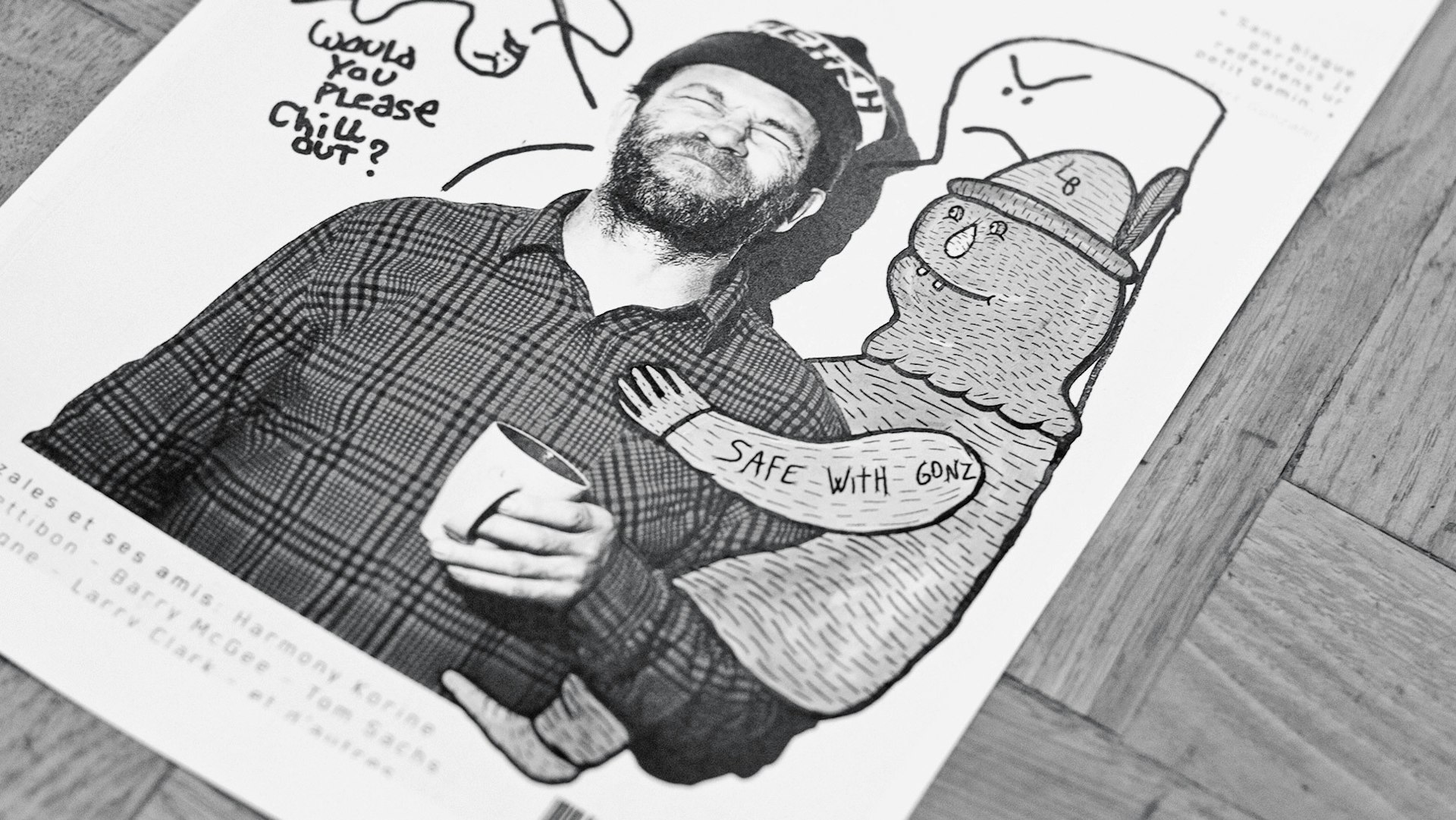
Esquire Women
- Text by Tetsuhiko Endo
In case you missed the latest hypocrite’s roundtable that was held at the Advertising Week Europe’s conference on feminism in the media and advertising this Tuesday, allow me to recap. The Esquire editor Alex Blimes told a panel full of disapproving women’s magazine editors that his publication was “more honest” than theirs in its portrayal of women because it had no qualms about admitting that the females featured on the glossy pages were nothing more than ornamental.
“I could lie to you if you want and say we are interested in their brains as well. We are not. They are objectified,” he said. “[Esquire] provide pictures of girls in the same way we provide pictures of cool cars,” he continued. “It is ornamental. Women’s magazines do the same thing.”
Firstly, I’d like to congratulate him, in a neanderthilic way, for pointing out the incredible hypocrisy of women’s magazines in their portrayal of idealised feminine behaviour and beauty. I’m not sure what the women who smirked and shook their heads knowingly at each other tell their little girls when they go home at night, but the magazines they work for take a view of women that apparently stalled in 1970 and never recovered.
It might be summed up like this: ‘Buy the right clothes and makeup, work out and diet constantly and you will get a good job, attract the right man and live happily ever after. Oh, and care about these celebrities because they are important.’ In fact, a magazine like Cosmopolitan, whose editor Louise Court chaired the panel, is less of a ‘magazine’ in the traditional sense of the word, and more of an extended brochure designed to sell clothes, makeup, accessoriesand diet plans to young women. Even an article on blow-job advice manages to slip in a few product placements. I repeat: they are actually trying to sell women products for one of the few human endeavours that works the best when both people are completely naked.
Making conspicuous consumers of women – which is what this type of advertorial is – goes all the way back to the birth of industrialised societies and the urban middle class. Women were ‘liberated’ from manual labour but confined to the house and expected to be daughters or mothers who would nurture the family and also purchase things that would display their new-found bourgeois affluence.
In this sense, the female body was and, I would argue, still is a billboard of monetary value more so than the male body (but we’ll get to that). If encouraging women to buy stuff that they don’t need – like feather dusters for fellatio – isn’t exactly sexist, it’s pretty fucking mediocre and can certainly make no claim to representing anything of worth or interest to women.
“At least Blimes was honest!” the anonymous commenters say, like we should give the guy a gold star for saying that men like to stare at half to fully naked women. The problem is that Blimes wasn’t honest; he used a tried and tested form of false reasoning that people of his ilk – unimaginative people – almost always fall back on when they are called out for sexism in the media. It goes something like this: men are attracted to women so we give them pictures of the most attractive women. It’s the market’s fault!
The lie at the very heart of that reasoning is that there are countless things that might make a woman attractive to a man and Esquire only presents a very narrow range of them, both in their images and in many of their articles. They act like they are giving readers what readers want, but in fact they are giving readers a narrow and essentially boring scope of sexiness that not only limits the type of woman that goes into their magazines, it limits the very imaginations of the readers who consume them.
They are actually trying to sell women products for one of the few human endeavours that works the best when both people are completely naked.
That Blimes should compare women to cars is interesting. I don’t think it makes him a ‘sexist’ per se but I think it reveals his (mis)understanding of beauty, attraction and human sexuality. A car is a piece of engineering. It can be deconstructed into constituent parts and reduced to nothing more than a set of measurements and performance statistics. The same is not true of either women or men. Of the numerous sexy women I see on the streets of London every single day, not one of them will make it into the pages of Esquire because they aren’t the right type of sexy.
In fact, the things that make a woman or a man attractive to anyone are often the very aspects of their appearance or character that cannot be quantified or precisely understood as one understands the specs of a car. This is why porn, for instance, is so spectacularly un-sexy as it fails to capture any of the je ne sais quoi that makes sex so much more wonderful than two naked animals ramming up against each other. Great artists can sometimes capture sexiness. So can great actors and actresses. Esquire, despite nice lingerie and plenty of T and A, usually fails.
At the heart of all this is a question of journalism. What is obvious from picking up both Cosmopolitan and Esquire is that much of the information in them is not journalism, it’s advertising. The only difference is that one of them is mostly directed at women, the other is mostly directed at men. Neither can be accused of being for or against a certain view of women because they don’t consciously deal in questions of how women should be represented. When they sit in their editorial meetings discussing what to put into their brochures, I suspect they don’t discuss Judith Butler or the symbolic meaning of the naked female body; instead, they probably talk about who is paying the advertising dollars and how they can make those advertisers happy, all the while keeping themselves relevant. (This hypercommercialisation, by the way, is part of a wider shift away from journalism which is affecting most media, including this one.)
Interestingly, the image that Esquire presents of men isn’t dissimilar to the one it presents of women. They are selling the same suit, tie and expensive time-piece masculinity that has been shoved down men’s throats since at least Victorian England. If your jacket is cut right, if you have a corner office and drink the right kinds of cocktails, if your shoes are made by Italians and your car is as well, you will live happily ever after with a woman with 36DD titties and an eating disorder.
And if you’re lucky, she’ll leave the feather duster in the closet when she sucks your dick.
